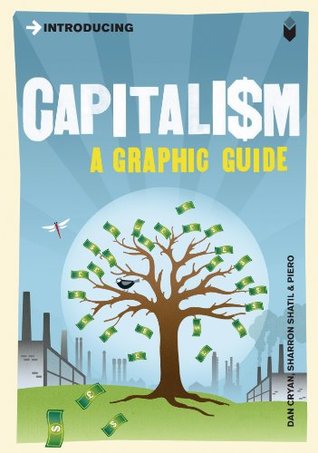More on this book
Community
Kindle Notes & Highlights
by
Dan Cryan
Read between
June 23 - June 24, 2017
The first commercial banks appeared in the late 13th century in Italian towns like Siena.
The Templars soon had representatives in all the major cities of Europe, and held a series of forts along the main roads connecting the Crusader states.
For Locke, the role of “civil government” is to protect the freedom and security of all members of society.
The two met when Shaftesbury came to Oxford looking for a cure for a liver infection.
This idea found its most famous critic in a Scotsman, Adam Smith (1723–90), and his book, the Wealth of Nations (1776).
The self-correcting nature of the market led Smith to think that we could trust the market to provide what was needed – and the principal obstacle to the market trading freely and fulfilling our needs was government intervention.
Labour was the key ingredient in the cost of production of a thing, which determined its value, or at least the minimum price that would make its production profitable.
Roosevelt introduced a number of measures to bring the economy back to life using public spending. Collectively, these programmes were called the “New Deal”.


